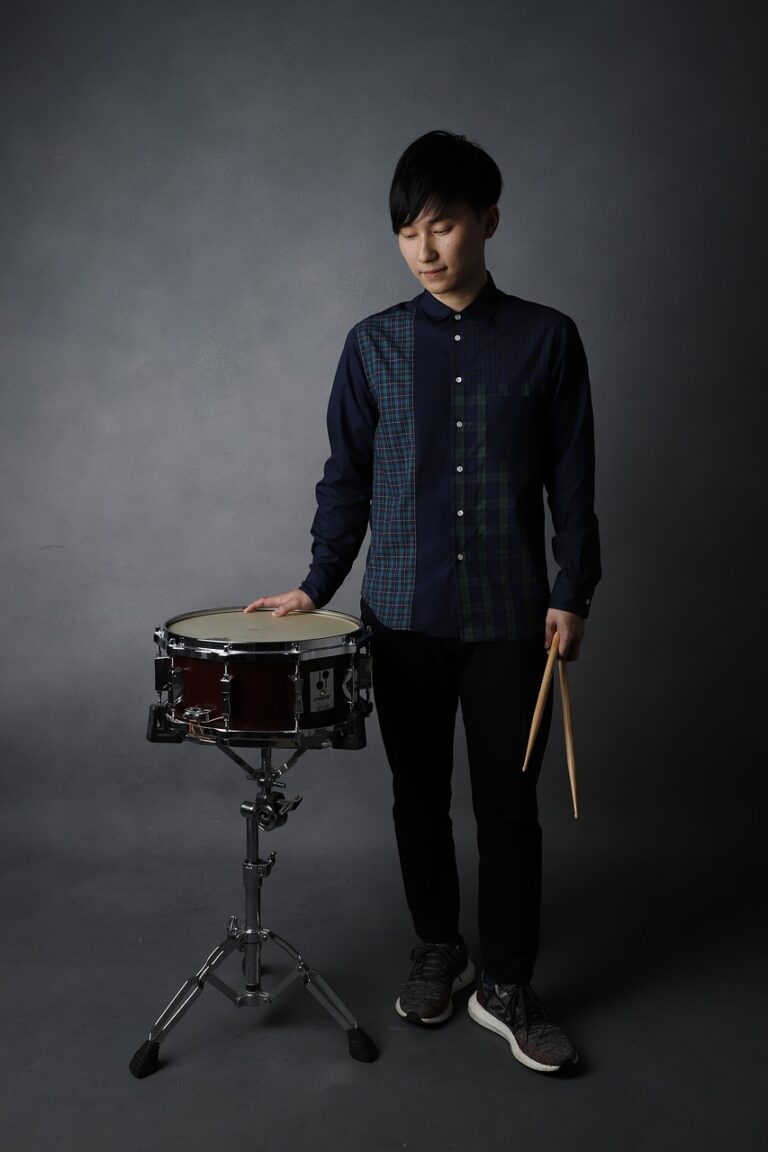The Influence of Cultural Fusion on Art Movements: Syncretism and Hybridization
Artists have long been inspired by the blending of different cultures, a phenomenon that can be traced back through the annals of art history. The interplay between civilizations, the exchange of ideas, and the confluence of diverse artistic traditions have all contributed to the rich tapestry of cultural fusion in art movements. This cross-pollination of cultural expressions has given rise to innovative styles, new visual languages, and groundbreaking artistic movements that continue to captivate audiences worldwide.
Throughout history, artists have been at the forefront of embracing cultural diversity and incorporating elements from various traditions into their work. This openness to different perspectives and artistic practices has led to the emergence of dynamic art movements that defy categorization and challenge conventions. From the Renaissance period with its fascination with classical antiquity to the vibrant mix of influences seen in modern art, the historical context of cultural fusion in art movements reflects the enduring quest for artistic expression that transcends boundaries.
• The Renaissance period marked a revival of interest in classical antiquity, leading to a fusion of Greco-Roman influences with contemporary artistic practices.
• The Baroque movement embraced the theatrical and dramatic elements of both Catholicism and Protestantism, resulting in dynamic and emotionally charged artworks.
• The Orientalist movement in the 19th century was characterized by Western artists’ fascination with Eastern cultures, leading to a blending of European techniques with exotic subject matter.
• Modern art movements such as Cubism, Surrealism, and Abstract Expressionism drew inspiration from diverse sources including African art, Asian calligraphy, and Indigenous traditions, creating new visual languages that pushed the boundaries of traditional artistic norms.
The Role of Globalization in Shaping Syncretism and Hybridization
Globalization has played a significant role in shaping syncretism and hybridization within various art movements. As the world becomes increasingly interconnected, artists are exposed to diverse cultural influences, leading to the blending of traditions, techniques, and styles. This process of cultural exchange has sparked a new wave of creativity and innovation in the art world.
Through the lens of globalization, the boundaries between different artistic traditions and practices have become blurred, giving rise to unique and hybrid art forms. Artists today draw inspiration from a multitude of sources, incorporating elements from various cultures to create artwork that transcends traditional categories and conventions. This blending of cultural influences not only reflects the interconnected nature of our modern world but also highlights the rich tapestry of human creativity and expression.
Examples of Syncretic Art Movements throughout History
Art history is punctuated with numerous instances of syncretic art movements, where diverse cultural elements intertwine to create innovative and transformative artistic expressions. One notable example is the Harlem Renaissance in the early 20th century, where African American culture merged with traditional European artistic styles to produce a distinct and powerful visual and literary movement that celebrated black identity and creativity. Artists such as Jacob Lawrence and Langston Hughes played pivotal roles in shaping this fusion of cultural influences, infusing their works with themes of racial pride and social justice.
Another compelling instance of syncretism in art can be found in the Edo period of Japan, particularly evident in the creation of ukiyo-e woodblock prints. Ukiyo-e artists like Hokusai and Hiroshige blended traditional Japanese aesthetics with Western artistic techniques and subject matter, resulting in visually captivating prints that captured the essence of everyday life in Japan while also showcasing a subtle integration of foreign influences. This harmonious coalescence of disparate cultural elements exemplifies the rich tapestry of syncretism in art history, demonstrating how artistic movements can transcend boundaries and evolve through the fusion of diverse traditions.
What is the historical context of cultural fusion in art movements?
The historical context of cultural fusion in art movements dates back to ancient times when different cultures came into contact through trade, conquest, and migration. This led to the exchange of artistic ideas and styles, resulting in the emergence of syncretic art movements.
How has globalization shaped syncretism and hybridization in art?
Globalization has played a significant role in shaping syncretism and hybridization in art by facilitating the exchange of ideas, techniques, and materials between different cultures. This has led to the creation of new art movements that blend elements from diverse cultural traditions.
Can you provide examples of syncretic art movements throughout history?
Some examples of syncretic art movements throughout history include the Renaissance in Europe, which combined elements of classical Greek and Roman art with Christian symbolism, and the Harlem Renaissance in the United States, which blended African American culture with mainstream artistic trends.







